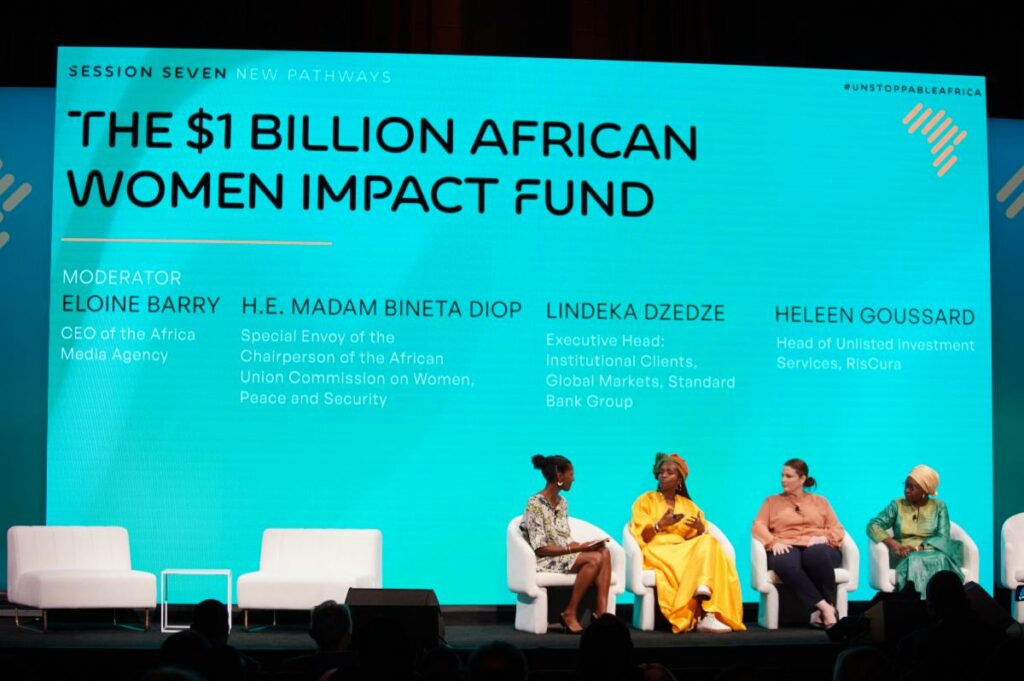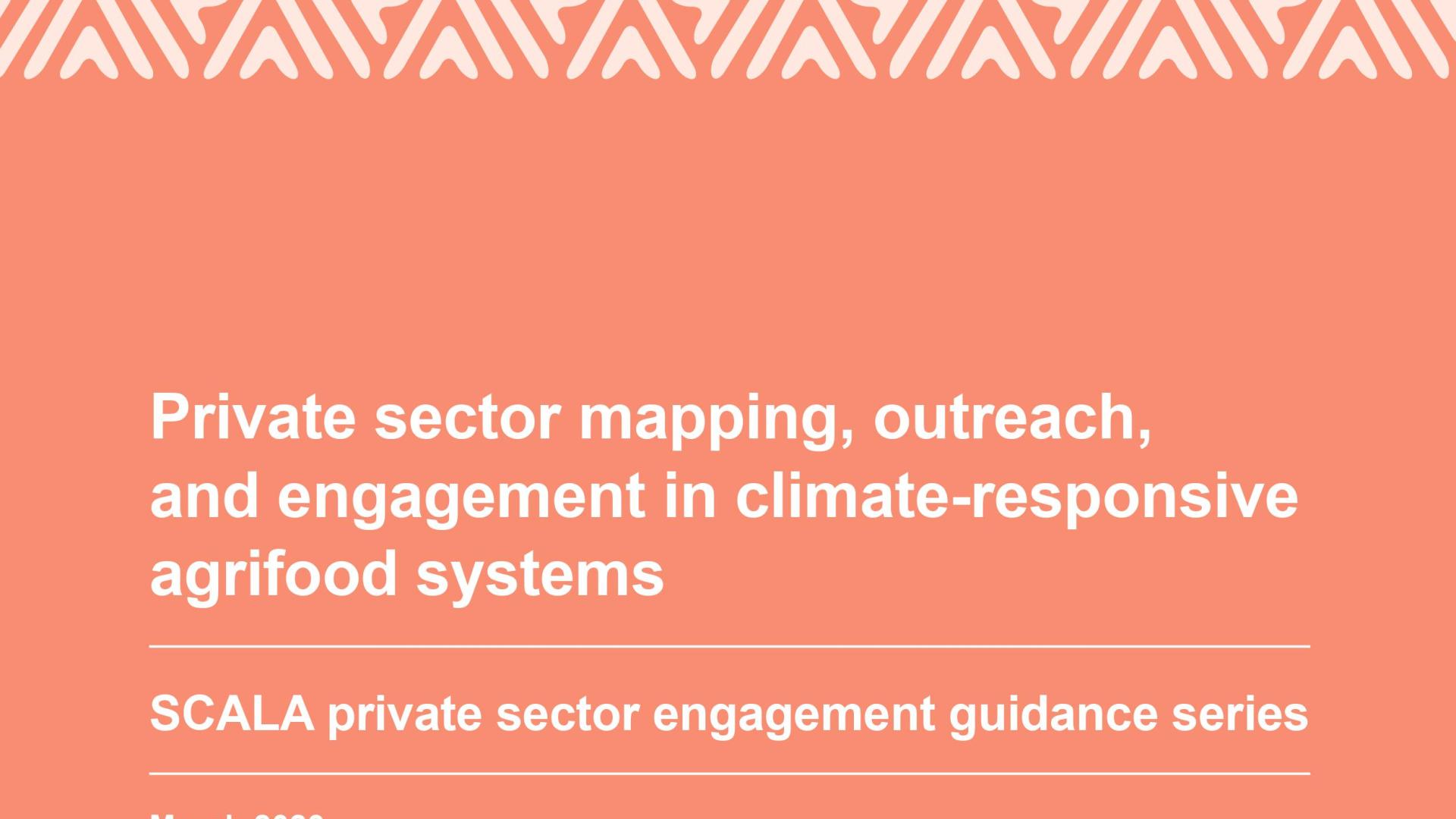In a landmark show of unity, 18 United Nations entities have jointly called on governments, civil society, academia, and the private sector to embrace the power of AI-driven virtual worlds in advancing global development that leaves no one behind.
This call-to-action was made during the second edition of UN Virtual Worlds Day, a two-day global forum held under the theme “From Innovation to Impact: Delivering on the Pact for the Future.” The event showcased how emerging digital technologies—such as AI-enabled virtual environments and digital twins are reshaping governance, education, healthcare, agriculture, climate resilience, and urban development across regions.
At the core of the discussions was a 12-point agenda that emphasized priorities such as expanding equitable access to digital connectivity, strengthening digital public infrastructure, ensuring the ethical and transparent use of AI, fostering youth innovation, safeguarding the environment and cultural heritage, and developing global standards through multistakeholder collaboration.
Speaking at the forum, ITU Secretary-General Doreen Bogdan-Martin said, “As AI and virtual worlds transform how we connect, learn, and innovate, we must ensure no one is left behind.” She added that the event highlighted the collective capacity of the global community to shape digital spaces that are inclusive, rights-based, and impactful for all.
The 12 priorities align with the Pact for the Future adopted at the 2024 UN Summit of the Future and support key frameworks including the Global Digital Compact, the Declaration for Future Generations, and the WSIS+20 roadmap. They also offer actionable proposals ahead of the 2025 Second World Summit for Social Development (WSSD2), focused on eradicating poverty, promoting full employment and decent work, and advancing social inclusion.
Organized by a broad coalition of UN bodies — from ITU, UNICEF, UN-Habitat, FAO and UNECA to the World Bank and WIPO — the event emphasized interagency collaboration as key to building open and trustworthy digital ecosystems. The UN’s united front signals an urgent need for practical and scalable partnerships to bridge digital divides and ensure that rural, remote, and underserved communities can benefit from technological innovation.
One of the major highlights of the event was the unveiling of the Citiverse Use Case Taxonomy Overview, the first major outcome of the Global Initiative on AI and Virtual Worlds. The interactive catalogue presents real-world examples of how AI-powered virtual environments are already driving progress in areas like education, climate action, urban governance, public services, and economic resilience.
With momentum growing, the second UN Virtual Worlds Day reinforced the idea that the future of inclusive development lies in the responsible and collaborative use of emerging technologies—designed not only to connect the world, but to transform it for the better.










